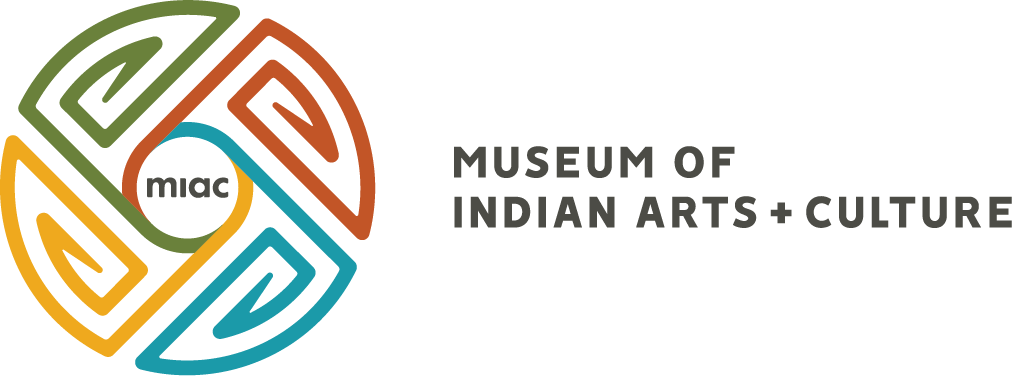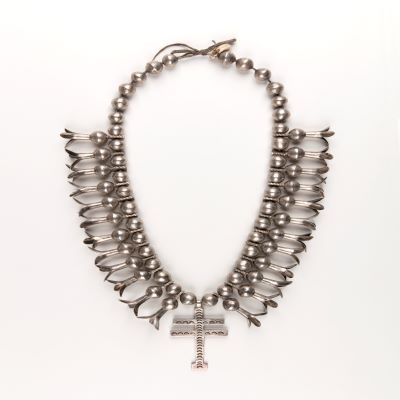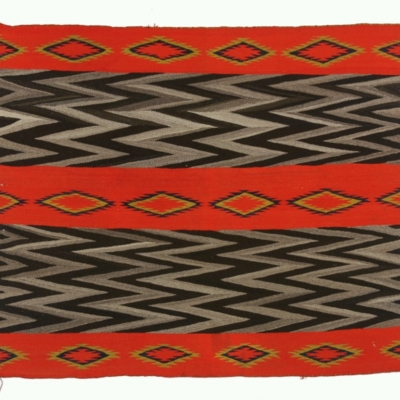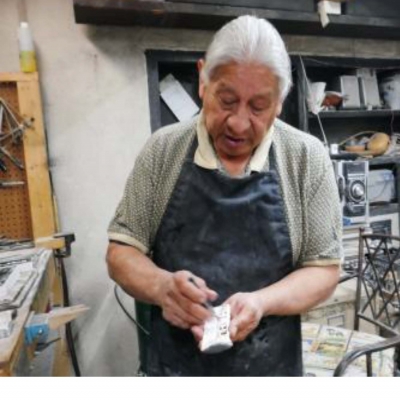Current Exhibitions
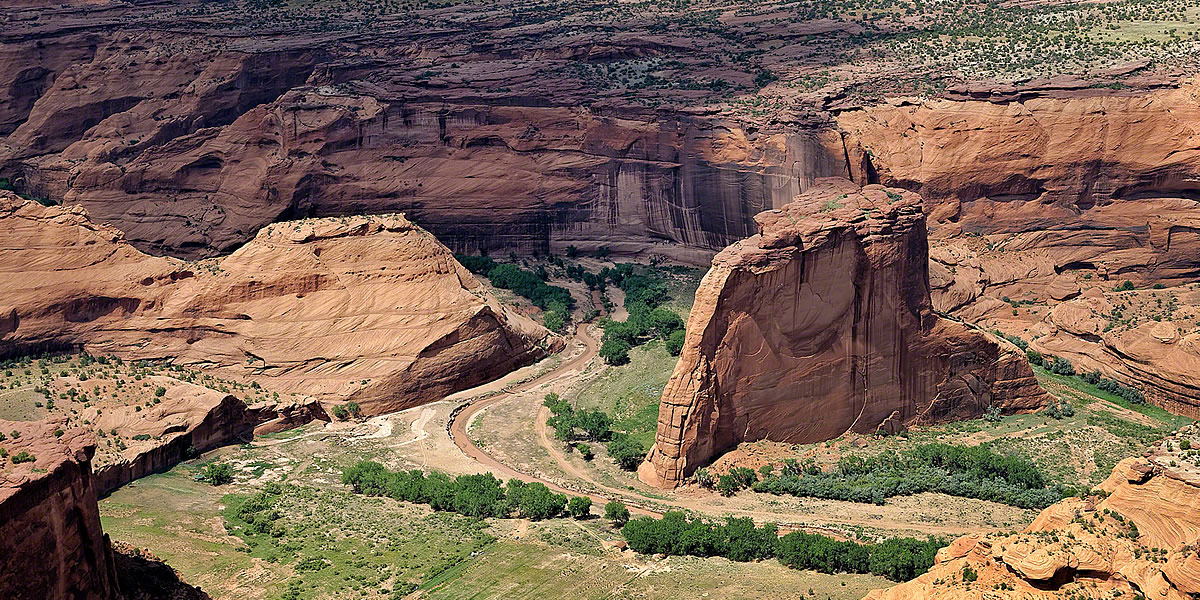
Oblique Views: Archaeology, Photography, and Time
Oct 25, 2015 — May 7, 2017
For the first time in Oblique Views: Archaeology, Photography, and Time, large prints of Heisey’s stunning images will be paired directly with the Lindberghs’. The exhibition opens October 25, 2015 and runs through May 7, 2017 at the Museum of Indian Arts and Culture.
During 2007 and 2008, flying at alarmingly low altitudes and slow speeds, Adriel Heisey leaned out the door of his light plane, and holding his camera with both hands, re-photographed some of the Southwest’s most significant archaeological sites that Charles Lindbergh and his new bride Anne photographed in 1929.
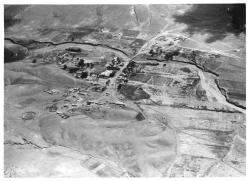
Galisteo
The village of Galisteo, south of Santa Fe, was established sometime between 1790 and 1816. Prior to the Pueblo Revolt of 1680, perhaps as many as fifteen thousand people lived in a number of very large pueblos in the Galisteo Basin. When the Spanish returned in 1692, the Pueblo Indians left basin communities and joined other pueblos, mostly along the Rio Grande. Sustained colonial use of the basin, beyond the early missions at the pueblos, started in the late 1700s with livestock grazing and the establishment of a military outpost. By 1929 Galisteo Creek was being used to irrigate farmed fields, some of which were laid out in the Spanish fashion in long narrow strips. Two fenced cemeteries can be seen to the left, and the road encircles the church in the center of the photograph—a building that was probably also the center of the village. Photograph by Charles A. and Anne Morrow Lindbergh, 1929.
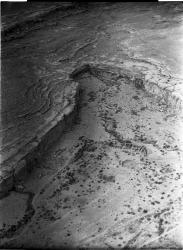
Pueblo del Arroyo
Pueblo del Arroyo lies immediately next to Chaco Wash, and its location inspired its name. When the Lindberghs photographed the site, the circular tri-walled structure on the western extension of the pueblo was being eroded by the wash. Neil Judd excavated a large part of the pueblo in the late 1920s, resulting in the empty rooms visible in both photos. The more modern buildings to the southeast of the ancient pueblo were built by Richard Wetherill in 1899 and served as a boarding house for archaeologists and other visitors. They were converted into the Chaco Canyon Trading Post in the 1930s. The road to Gallup crossed the wash nearby. Photograph by Charles A. and Anne Morrow Lindbergh, 1929.
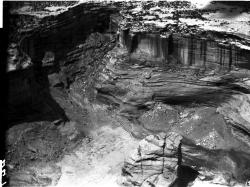
Standing Rock
Standing Rock in Canyon del Muerto. An archaeological site dating between AD 1100 and 1300 is visible on the lower bench of Standing Rock, closest to the viewer. A circular arrangement of plants in a Navajo field, visible to the left of the rock, suggests that it was an orchard or, less likely, that a center-pivot irrigation system was used there. Photograph by Charles A. and Anne Morrow Lindbergh, 1929.
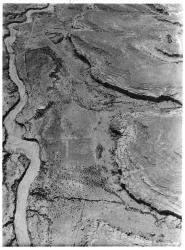
Pueblo del Arroyo, Pueblo Bonito, and Chetro Ketl
This higher-elevation photograph shows three great houses—Pueblo del Arroyo, Pueblo Bonito, and Chetro Ketl—in addition to what appears to be irrigated areas. The geographic proximity of these three great houses is clear. These and Pueblo Alto, on the upper bench to the right of Pueblo Bonito and not visible in this photograph, create what some have called Downtown Chaco. Historic use of the canyon can be seen in structures near Pueblo del Arroyo and Pueblo Bonito: buildings, a corral, and roads. Additionally, active excavation was taking place at Chetro Ketl when the photo was taken. Rather than being far from the bustle of the world, those living at Chaco Canyon in the summer of 1929 must have found themselves in a lively social setting. Photograph by Charles A. and Anne Morrow Lindbergh, 1929.
